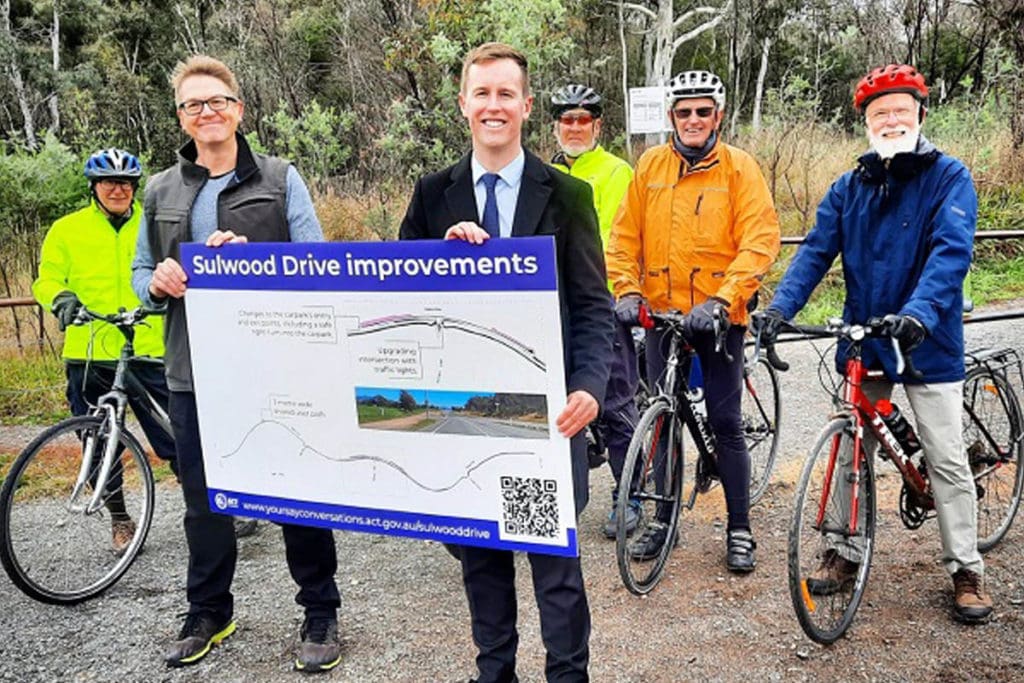Transport Strategies for ACT and Gold Coast

Canberra, ACT
Transport strategies with an emphasis on micromobility are being developed by the ACT Government and Gold Coast City Council, with both going to their communities to gain public input to the final plans.
The ACT’s proposed Active Travel Plan is a “huge leap in the right direction for Canberra”, according to the Territory’s peak bike advocacy group, Pedal Power ACT.
“It recognises that enabling and supporting active travel is essential for our growing city. It provides structure around how government will deliver this,” Pedal Power declares on its website.
“It also includes an outline of the investment criteria for active travel projects, which has been a gap in the ACT’s investment framework.”
The Active Travel focused on five priorities to strengthen active travel and improve quality of life:
- 1. Safe infrastructure for walking and cycling
- 2. A better connected and maintained walking and cycling network
- 3. Supporting new types of active travel
- 4. Making active travel and bicycle parking easy
- 5. Supporting behaviour change and working with communities
An introduction to the draft plan says the city’s original design and layout delivered many benefits, including plenty of large open spaces to walk and ride for recreation.
“But it has also led to a low-density, spread-out city, with street layouts that aren’t always ideal for active travel or public transport. This has led to many people being reliant on the private motor vehicle, even for short trips,” it says.
The draft says Canberrans drive more car kilometres per person than residents in any other Australian city, and population growth is set to boost those ACT kilometres by almost a third by the 2030s. That is expected to cause “traffic gridlock and a loss of the great quality of life Canberra is known for”.
“In economic terms, the daily cost of road congestion is forecast to increase from $800,000 per day in 2016 to $1.5 million per day in 2031,” according to the report.
“Planning for a compact and efficient city which enables more people to choose active travel – together with public transport – will help avoid these congestion challenges as our city grows.”
A foreword from the ACT Minister Transport, Chris Steel, states supporting and promoting active travel, for a shift to more sustainable forms of transport, will also help the Territory cut transport emissions and make progress towards a zero-emission future.
He says the Active Travel Plan is aimed at creating active streets that are “safe, accessible and walkable – designed for people and bikes, not cars”.
The Minister addressed a Pedal Power member forum on 28 July and encouraged community input to the plan.
Pedal Power ACT has provided feedback on several aspects of the draft, including its proposal to cut the speed limit on local roads to 40kmh.
The advocacy group wants that cut further to 30kmh, citing “clear evidence” that it would reduce serious injury risk, and called on the ACT Government to consult with the community on a 30kmh speed limit in residential areas.
It is also calling for an implementation plan with timelines on when the plan’s objectives would be carried out.
Visit the ACT Government’s website for consultation on the draft plan.
Gold Coast Transport Strategy
On 16th July, Gold Coast City Council launched community consultation for its transport strategy, citing transport as one of the city’s most important issues as it faces projected population growth from 650,000 to more than one million by 2041.
“This population surge requires us to ensure we get transport right. Addressing traffic congestion will require not only new infrastructure but clever new thinking that doesn’t always include a private motor vehicle,” according to Mayor Tom Tate.
Mayor Tate said this shift had already begun with the uptake of electric vehicles, autonomous vehicles, ride-sharing and e-mobility technology.
A total of 39,700 people used the city’s bike share scheme during the first second quarter of 2022, for 105,500 trips.
A community survey is being conducted until 14th August 2022 to inform a future Transport and Infrastructure Committee and the final strategy.
